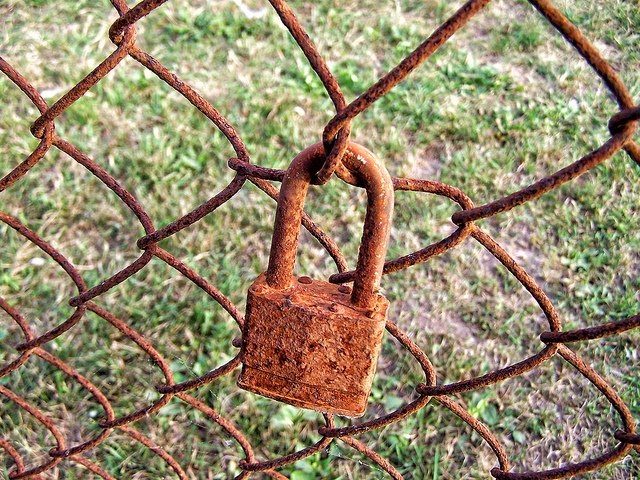Engineers have made a discovery that could make large-scale solar power storage a reality.
The breakthrough is based on the fact that ordinary metal oxides, such as rust, can be fashioned into solar cells capable of splitting water into hydrogen and oxygen.
Using solar cells to split H2O by day is a way to store energy for use at night. The photons captured by the cell are converted into the electrons that provide the energy to split water. Recombining hydrogen and oxygen after dark would be a way to reclaim that energy and “dispatch” power back into the electrical grid—without burning fossil fuels and releasing more carbon into the atmosphere
“Our results shows that heating up metal oxides with sunlight can double rate of hydrogen generation.”
The solar power potential of metal oxides was previously known. But metal oxide solar cells were also known to be less efficient at converting photons to electrons than silicon solar cells.
A discovery reported in the journal Energy and Environmental Science makes metal oxide solar cells a better candidate for energy storage. A team at Stanford University showed that as metal oxide solar cells grow hotter, they convert photons into electrons more efficiently. The exact opposite is true with silicon solar cells, which lose efficiency as they heat up.
“We’ve shown that inexpensive, abundant, and readily processed metal oxides could become better producers of electricity than was previously supposed,” says William Chueh, an assistant professor of materials science and engineering.
This unexpected discovery could lead to a revolutionary change in how we produce, store, and consume energy.“By combining heat and light, solar water-splitting cells based on metal oxides become significantly more efficient at storing the inexhaustible power of the sun for use on demand,” he says.
To read the full report, see the work published here in the Energy and Environmental Science.
————————————-
Image: Rusty Padlock & Fence by Diego Torres Silvestre , CC BY 2.0
Article Source: Stanford University, Original Study, CC BY 4.0



Leave a Reply